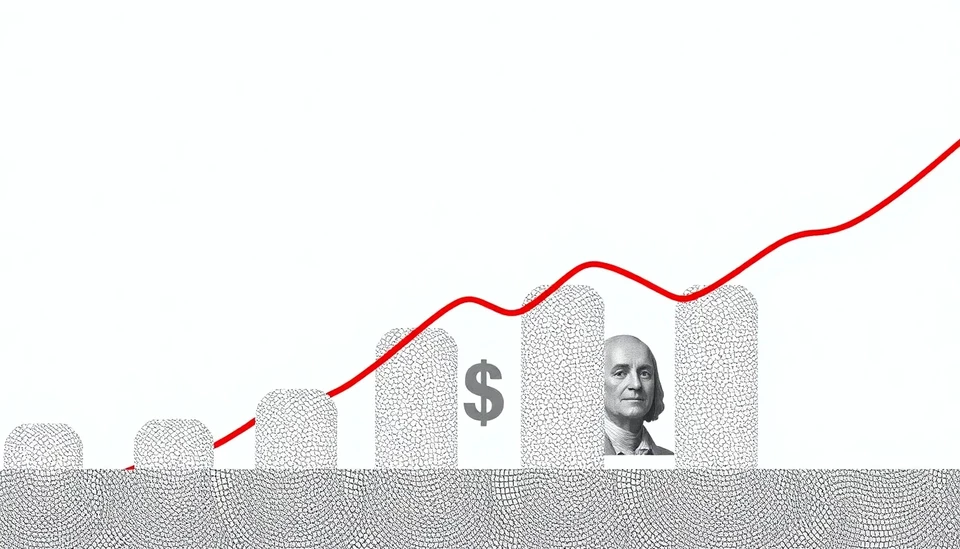
In recent weeks, the U.S. dollar has been experiencing a notable decline, a trend that is causing alarm bells to ring for investors and corporate executives alike. This downward trajectory of the dollar not only indicates potential volatility in the financial markets but also raises significant concerns regarding the earnings outlook for many companies, especially those heavily reliant on international markets.
Analysts are increasingly scrutinizing the implications of a weaker dollar on corporate profits. A decline in the dollar's value can inflate the costs of imported goods, subsequently squeezing profit margins for companies that depend on foreign supplies. Moreover, for U.S. multinational corporations, a weaker dollar can lead to fluctuations in revenue from overseas operations when earnings are translated back to the domestic currency. This translates to a complicated set of dynamics for financial reporting and can lead to a mixed bag of results across different sectors.
Experts have noted that while a weaker dollar can sometimes provide a temporary boost for domestic manufacturers by making exports cheaper for foreign buyers, the prolonged depreciation could present a double-edged sword. Many companies may find themselves grappling with higher costs and reduced competitive advantage overseas, particularly if costs rise faster than revenues can be adjusted. Each company’s susceptibility to currency fluctuations depends on its business model, with exporters generally faring better than importers in such climate.
Corporate earnings forecasts are already being adjusted as companies brace for a financial landscape marked by dollar volatility. Some firms have started to disclose the potential impacts of currency fluctuations in their earnings guidance, highlighting the challenging terrain ahead. Analysts predict that sectors such as technology and consumer goods may face a tougher road, with companies scrambling to mitigate the risks associated with currency exposure.
Furthermore, the dollar's weakness could spark inflationary pressures, translating into elevated prices for everyday goods. This scenario raises further concerns regarding consumer spending, as households may tighten their belts in response to rising costs. Economic downturns often trigger shifts in consumer behavior, ultimately affecting corporate sales and, consequently, earnings.
As the financial community monitors the dollar's movements, the broader implications for global trade and economic growth remain at the forefront of investors' minds. The continual fluctuation of the U.S. dollar serves as a reminder of the interconnectedness of the global economy, with repercussions reaching far beyond American shores. Moving forward, corporations will need to navigate these challenges adeptly, focusing on effective currency management strategies to safeguard their bottom lines.
In conclusion, the current decline in the dollar presents a range of risks for U.S. corporations, with implications that could touch nearly every sector of the economy. As such, the coming months will be pivotal in determining how businesses adapt to these new currency dynamics and what strategies they implement to ensure stability in their earnings reports moving forward.
#DollarDecline #CorporateEarnings #CurrencyFluctuations #InflationConcerns #EconomicOutlook #MarketAnalysis #GlobalTrade
Author: John Harris
